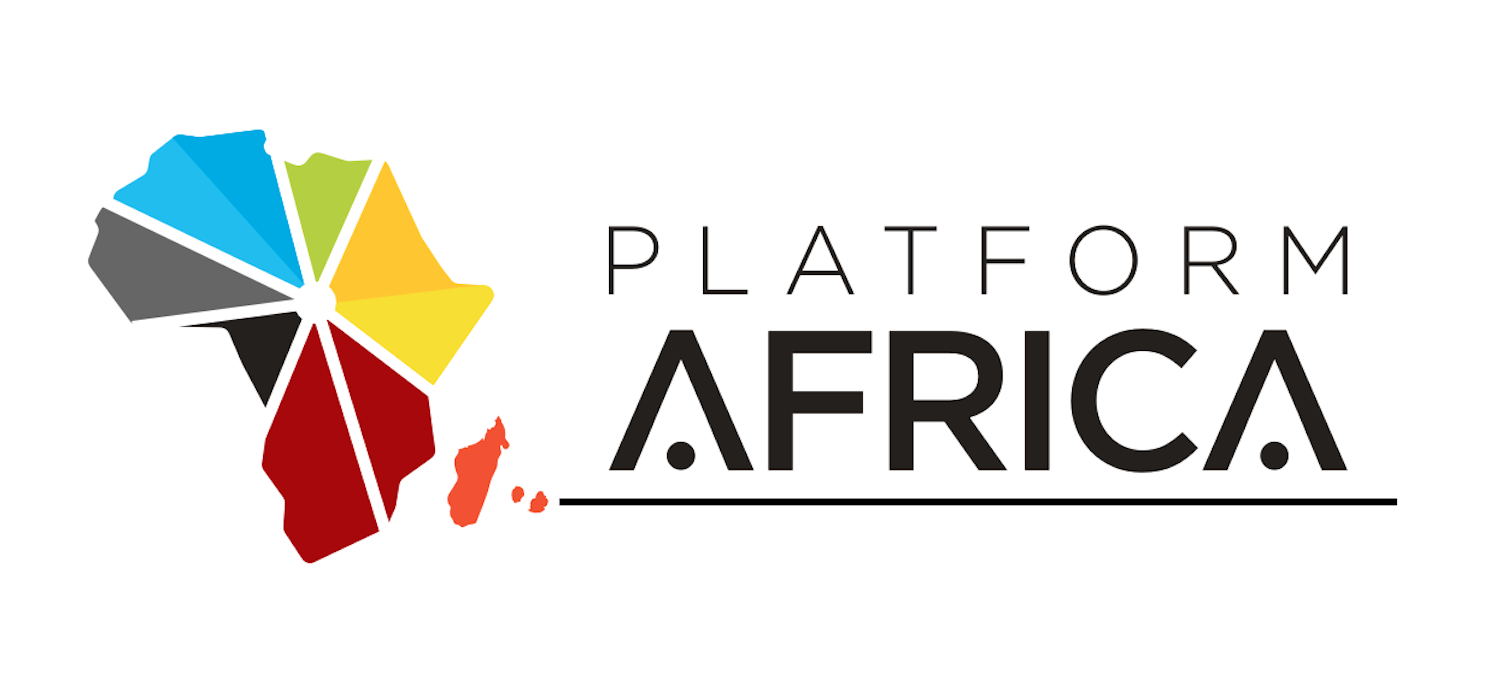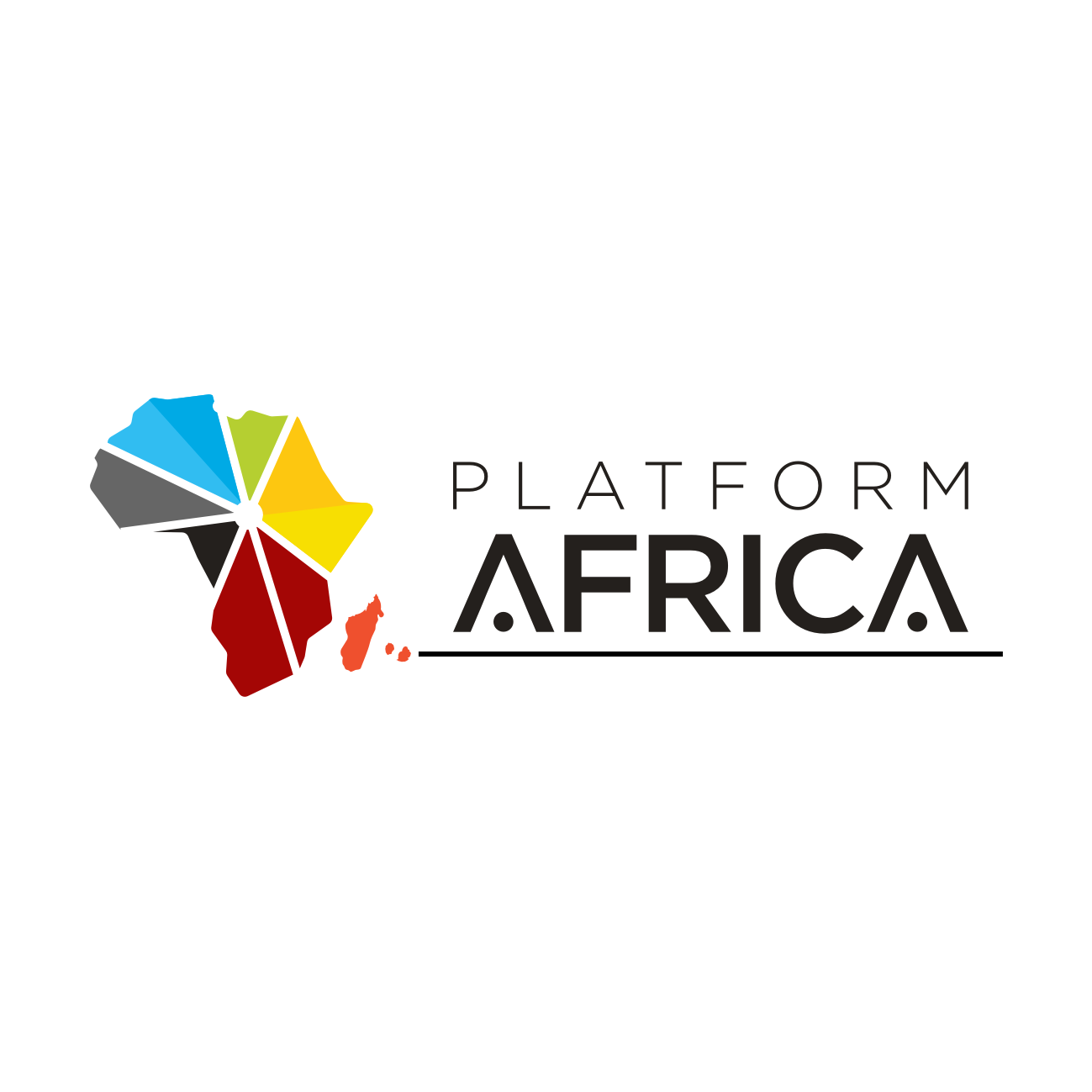By Shruti Menon Seeboo
Robotics and AI are reshaping industries and education worldwide. At the forefront of this revolution is STEMROBO Technologies, a leading Indian EdTech company. Specialising in comprehensive K-12 solutions aligned with the National Education Policy (NEP) 2020, they equip students and teachers with the essential 21st-century skills needed to excel in this rapidly evolving landscape.
The organisation’s mission is to foster a culture of innovation and problem-solving through cutting-edge STEM education programs. As a top robotics and AI company in India, they offer integrated solutions that empower students to become creative thinkers. The curriculum, encompassing robotics, AI, and IoT, provides hands-on experience and develops critical thinking skills. By providing schools with the tools and resources to inspire young minds, the K-12 solutions cultivate curiosity and exploration. STEMROBO’s holistic approach benefits both students and teachers, preparing them for the challenges of the 21st century.
STEMROBO recently participated in the 4th India-Africa Entrepreneurship and Investment Summit 2024 in Mauritius. We caught up with founders Anurag Gupta and Rajeev Tiwari to discuss their vision for Mauritius and the African continent. Excerpts:
- Following your successful participation in the India Africa Entrepreneurship and Investment Summit 2024 in Mauritius, can you share how STEMROBO plans to leverage this connection and expand its presence in Mauritius?
Yes, it was indeed a very successful visit for our company’s expansion. While we already have a presence in West Africa, Mauritius, being a gateway to East Africa and French colonial countries, provided valuable insights into the ecosystem. We had productive meetings with the Mauritius government and the Ministry to initiate our operations in Mauritius, which will pave the way for expansion into South Africa. Additionally, we met with the EDB and polytechnic institutions to explore collaborations in higher education, as well as primary and secondary education. I am very excited to work in Mauritius, given its favorable climate and the warmth of its people.
- Can you share some of the key takeaways or insights you gained about the opportunities and challenges related to STEM education in Africa and in particular for Mauritius?
STEM, AI, and Robotics are new areas, especially in primary and secondary education, and are not yet part of the school curriculum in Mauritius. This gives STEMROBO a great opportunity to expand in Mauritius and East and South Africa. Since the culture, weather, and geography are similar, the challenges are the same. This will help us teach teachers and students how to encourage innovation among kids early on, building an entrepreneurial mindset.
- STEMROBO’s Innovation Labs seem to be a core offering. Can you elaborate on the key features and benefits of these labs compared to traditional classroom setups for STEM education?
STEMROBO provides comprehensive solutions in STEM, experiential learning, AI, Robotics, AR, and VR. We go beyond lab setups by offering graded course curriculums, methodologies, and pedagogy aligned with existing science and math syllabi. Crucially, we ensure last-mile delivery through regular training and support for teachers and students.
Our ultimate goal is to ignite an entrepreneurial spirit in students, empowering them to create their own futures. We believe Robotics and AI are not just subjects but powerful tools to inspire innovative thinking and problem-solving. We strive to teach students to think outside the box and to approach every challenge with a “why, what, how” mindset. We are passionate about increasing the global innovation index of Asia and Africa. For us, this is not merely a business; it is a mission close to our hearts. When business becomes a mission, success and impact naturally follow. We are dedicated to making a real difference, nurturing the next generation of innovators and leaders.
- STEMROBO emphasizes its unique methodology. Can you elaborate on the role of in-house product development in creating and delivering your STEM education solutions? Are there any specific examples of in-house products that contribute to the success of your Innovation Labs?
Yes, we work on the CIC methodology – Consumer to Innovator to Creator. Initially, we provide our DIY (Do It Yourself) kits as consumer products for students to explore and experiment. They then undertake innovative projects related to robotics, IoT, AI, agriculture, basic electronics, and science and math. Through this hands-on experience, they transition to project-based learning, applying what they’ve learned from the DIY kits. Ultimately, they become creators of their own prototypes or products, using 3D printers, electronic components, and microcomputers as the brain modules.
And of course, this doesn’t happen randomly. We have designed a comprehensive syllabus and course curriculum for this process. Additionally, we incorporate the design thinking approach in our project-based learning. In a nutshell, there is a step-by-step approach from grade 1 to grade 12, ensuring a structured and effective learning experience. This in-house product development approach ensures students gain practical, real-world skills, fostering innovation and creativity in our Innovation Labs.
- Given your success with Innovation Labs, and while your recent work in Ghana has been impressive and highlights the importance of community engagement, how will you adapt this model to best suit the educational context and resource availability in Mauritius? Can you elaborate on how STEMROBO is tailoring its strategy to address the specific needs and opportunities for STEM education advancement in Mauritius?
One key insight we’ve gained over the past three to four years from visiting various countries, particularly in Asia and Africa, is that the problem statements of the 21st century are largely the same everywhere. The methods we use in India to solve local problems and educate educators are the same methods, we apply in Ghana and Nairobi. There is no need for a fundamentally different approach when fostering an innovation culture.
Today, social media ensures that people are aware of each other’s challenges and successes, eliminating psychological barriers. In fields like robotics and AI, which are just beginning to take off, there is no need for extra effort to adapt to different geographical locations. The primary adjustments required are at the administrative level.
In Mauritius and Africa, there might be slight changes needed in the course curriculum or syllabus, but these are minor adjustments rather than major overhauls. Our strategy in Mauritius will follow the same successful model we’ve implemented elsewhere, with tailored tweaks to meet local educational contexts and resource availability.
- Building teacher capacity is crucial for successful STEM education implementation. How does STEMROBO plan to replicate its successful teacher training program of over 500+ teachers in Ghana, specifically for Mauritian educators?
You are right, teacher training is the heart of our model. In India, we’ve trained over 50,000 teachers through our standardized processes. Like McDonald’s or Domino’s, we have developed comprehensive content and methodologies deployed on our LMS, which includes videos, textual content, assessments, and quizzes. Teachers follow a step-by-step process with lesson plans and specific content for educators. Students also have access, ensuring synchronization with teachers. Our methodology involves hardware kits and virtual coding platforms, designed for ease of use with minimal support.
We believe that no model can succeed 100% online; a human touch is essential. Therefore, we emphasize in-person support and plan to build a local team in Mauritius to provide this personal connection and enhance the learning experience.

- Collaboration is key to achieving large-scale change. How does STEMROBO see itself working with Mauritian government agencies, educational institutions, and NGOs to maximize the impact of STEM education programs on the island nation?
Yes, you are right. We believe in collaboration with like-minded partners. We are working on the same model in India, Ghana, and Nairobi, and we plan to do the same in Mauritius. We have already initiated discussions with the education ministry, EDB, and Polytechnic. We plan to run courses in polytechnics and hire graduates as trainers or engineers for schools and colleges. These individuals will not only work in Mauritius but also in other African countries. Our goal is to create more jobs in Mauritius and Africa, fostering an innovation culture. In five years, this will lead to more jobs, patents, entrepreneurs, and happier people, just as we are already doing in India.
- Considering this unique offering is available in Somalia, Nigeria, Zambia, South Africa, Kenya, Ghana, Zimbabwe, Ivory Coast, Ethiopia and soon to be in Mauritius, how does this position STEMROBO for further expansion across Africa? Are there specific adjustments you plan to make to cater to the needs of different regions?
While we haven’t yet explored all the mentioned countries in depth, we are confident in our ability to customize solutions for each specific country. Based on our research and experience, we believe that major changes to our existing solutions are not necessary, except for language adjustments. For instance, we may need to translate our content into French for several African countries. We are ready to adapt and cater to the unique needs of each region, ensuring our solutions effectively address local challenges while maintaining our core methodologies and objectives.
- Being selected under the “Make in India” initiative is a significant achievement. How does STEMROBO’s approach to STEM education solutions align with the broader goals of this national mission?
Yes, we were the first education-based company selected under the “Make in India” program’s ESDM initiative in 2016. As proud Indians, we take immense pride in contributing to India’s growth and the vision of a new India. With a team of over 200 people, it is gratifying to create jobs for the Indian market. We are not only generating employment but also producing 100% Indian-designed and manufactured products.
STEMROBO’s mission is to become the global leader in STEM and experiential learning. Our goal extends beyond making money; we aim to foster an innovation culture and generate more jobs in India and globally. Embracing the Indian philosophy of “Vasudhaiva Kutumbakam” – the world is one family – we are committed to working for the betterment of the entire world.
- Your focus on a blended learning model that combines classroom, and online elements is innovative. Can you elaborate on how STEMROBO leverages technology to create a scalable and accessible learning experience for students across diverse locations?
Yes, we are following a blended learning model because, after COVID, we observed that many parents and students became fed up with online classes. They found them uninteresting and lost interest. This is why many edtech companies that relied solely on online models have closed, as they failed to understand the psychology of students and parents.
We took a balanced approach by partnering with local channel partners and educating teachers through both online and offline modes. While this approach is challenging, it differentiates us by providing in-person support. We aim to be like TCS in the education sector, just as TCS provides resources and technology support in the software field, we want to provide trained resources, content, and kits to schools.
By leveraging our channel partners, we can scale our business model effectively, ensuring a comprehensive and engaging learning experience for students across diverse locations.
- You highlight that STEMROBO goes beyond just supplying equipment and provides a comprehensive methodology. Can you explain how this approach addresses the gap often seen between simply providing resources and ensuring effective implementation of STEM education programs?
Yes, we are more than just an equipment supplier; we provide complete solutions in experiential learning, STEM, and Robotics. We start by understanding the school’s environment and goals for the lab. Then, we help set up the lab with a ready-made design to save time. Our master trainers then teach the teachers how to teach students in robotics and AI. We support teachers at every step and keep checking in to improve our curriculum based on feedback. This all-around approach makes us different from other companies, ensuring effective STEM education.

- Looking ahead, the field of AI and robotics is constantly changing. How does STEMROBO stay ahead of the curve and ensure its curriculum and solutions keep pace with these advancements, both globally and in the specific contexts of India and Africa? what is STEMROBO’s long-term vision for the future of STEM education in India and Africa?
We believe in continuous improvement and stay receptive to ground-level feedback. Our process involves regular feedback to refine our DIY kits, content, and methodology. With an in-house product design and content team, we can easily update our materials. As a tech-driven company with a strong R&D team, we use AI tools like ChatGPT and may more AI based tools to enhance work efficiency. Our long-term vision is to become the global leader in STEM education, providing tailored solutions for each country’s needs. We aim to transform the landscape of innovation in India and Africa.
- What specific opportunities and challenges do you see for AI and robotics in the future workforces of India and Africa? How can STEMROBO’s programs prepare students in both countries to thrive in this evolving landscape?
AI and robotics present significant opportunities for job creation, innovation, and productivity in India and Africa, enhancing global competitiveness. However, challenges such as skill gaps, infrastructure needs, and equitable access must be addressed. STEMROBO’s programs prepare students by integrating AI and robotics into hands-on projects, fostering critical thinking, and providing continuous teacher training. We create a collaborative learning environment and ensure our curriculum is adaptable to new technologies. Our goal is to equip students with the skills needed to thrive in the future workforce, making them leaders in AI and robotics.





Proud to be part of this nobel mission @stemrobo